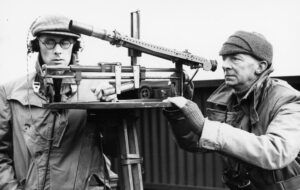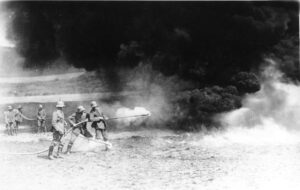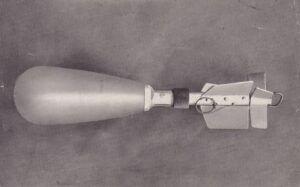What Is the Observer’s Gun and Who Designed and Produced It?
Observer guns for aircraft were weapons mounted in two-seat aircraft, typically operated by the observer or gunner in the rear cockpit. These guns provided additional defensive firepower and were often used for aerial combat or ground attack missions. Various manufacturers produced observer guns during World War I, including Vickers, Lewis, and Hotchkiss.
Armament Specifications
Specifications for observer guns varied depending on the specific model and manufacturer. However, typical specifications may include:
- Caliber: Typically .303 British (7.7 mm) or similar.
- Type: Air-cooled, belt-fed machine gun.
- Weight: Varies depending on the model and configuration, typically around 10-15 kilograms (22-33 pounds).
- Rate of Fire: Approximately 400-600 rounds per minute.
- Ammunition: Belt-fed ammunition, typically loaded with 250-500 rounds.
- Mounting: Flexible mount in the rear cockpit, allowing for a wide range of fire.
Aircraft That Used This Armament
Numerous aircraft during World War I were equipped with observer guns, including:
- Royal Aircraft Factory B.E.2: This British reconnaissance and light bomber aircraft was one of the first to be fitted with observer guns for aerial combat and ground attack missions.
- Airco DH.4: The Airco DH.4 was a British two-seat biplane used primarily as a day bomber and reconnaissance aircraft. It was equipped with observer guns for defensive purposes against enemy fighters and ground targets. The observer in the rear cockpit operated these guns to provide additional firepower.
- Bristol Fighter: The Bristol Fighter, also known as the Bristol F.2 Fighter, was a British two-seat biplane used for reconnaissance, bombing, and aerial combat during World War I. It was equipped with observer guns mounted in the rear cockpit for defensive purposes. The observer could operate these guns to engage enemy aircraft or ground targets while the pilot focused on flying and aerial combat.
- Voisin III: The Voisin III was a French two-seat biplane used for reconnaissance and bombing missions during World War I. It featured observer guns mounted in the rear cockpit for defensive purposes. These guns allowed the observer to engage enemy aircraft and ground targets while conducting reconnaissance or bombing runs.
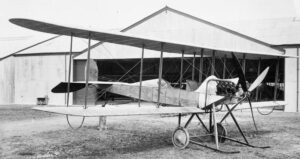
Royal Aircraft Factory B.E.1 And B.E.2
The Royal Aircraft Factory B.E.2 was a British single-engine, two-seat biplane designed by the Royal Aircraft Factory and used during WW1.

Voisin III
The Voisin III was a French two-seater pusher biplane aircraft developed by Voisin in 1914 and used during World War I.
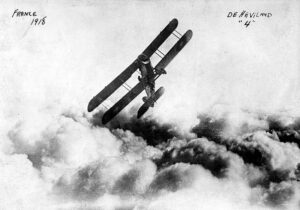
Airco DH.4
The Airco DH.4 is a two-seat biplane airplane designed by Airco for World War I. It became one of the most successful planes of the war.
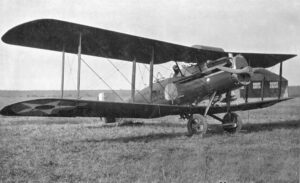
Bristol F.2 Fighter
The Bristol F.2 Fighter was a WWI British biplane aircraft used for fighting and reconnaissance and manufactured by Bristol Aeroplane Company.
A Short History of the Observer’s Gun
During World War I, the concept of two-seat aircraft became prevalent for reconnaissance and observation missions. To provide protection against enemy aircraft, ground fire, and attacks from the rear, observers or gunners were equipped with machine guns mounted on flexible mounts in the rear cockpit.
These observer guns allowed for a wide range of fire and could engage targets both in the air and on the ground. The development of synchronization gears also enabled some observer guns to fire through the propeller arc without damaging the aircraft.


